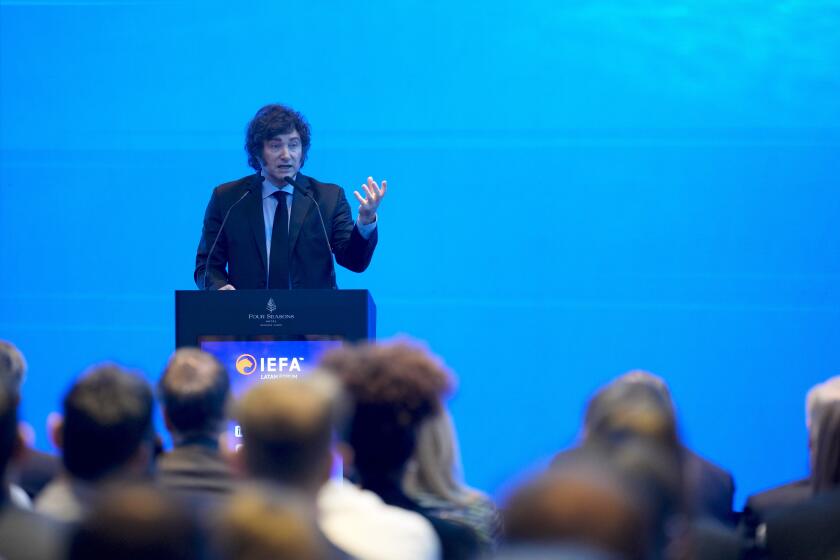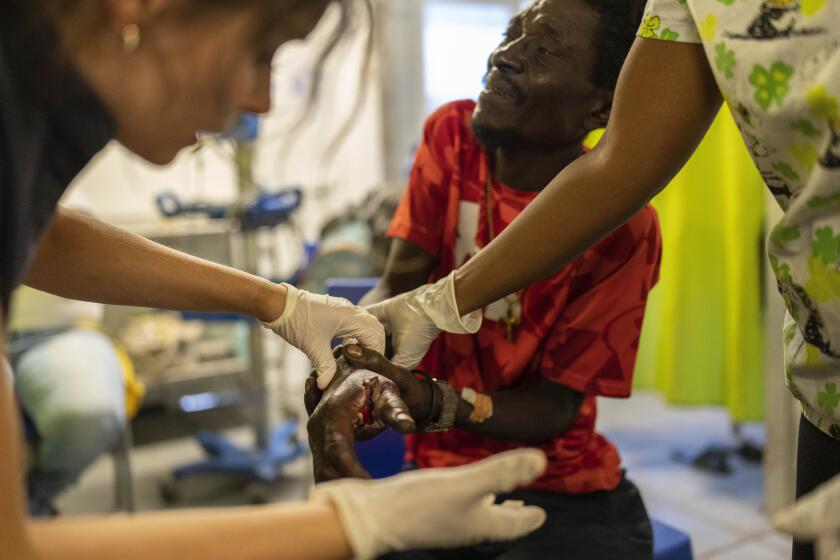2 Ecuadorians preparing to open new Himalaya route in March
Ecuadorian alpinists Roberto Morales and Nicolas Navarrete are preparing to travel to the Himalayas in March, where they will seek to open a new climbing route on a journey that they promise will be loaded with adrenaline and a passion for high altitudes.
Both men have made individual expeditions to that Asian mountain range, but the challenge they have set for themselves in 2019 is greater, given that they will climb to a height of more than 8,000 meters (26,240 feet) above sea level after they ascended to 6,000 meters on their latest expedition, they told EFE.
The trip is scheduled for mid-March and, although they still don’t have the route they will take through the world’s highest mountains selected or mapped out, their aim is to blaze a new trail for future climbers wanting to “touch the clouds.”
The “marvelous view” and the “esthetic of the mountains” is what dazzles the intrepid young men on each of their adventures, where they always seek a new challenge that leads them to ask the question “Up to what point can I risk my life?” and where everything often depends on just one rope.
“Every mountain is technically difficult, but you don’t think about forgoing it, although you do ask yourself, because there are non-optimal conditions like loose or broken rock and material begins to fall from the mountain,” said Morales, 29.
The climber, who has been practicing his discipline for more than 10 years, admits that “all mountains have given us good scares. We’ve had both little and big falls.”
Despite the adversity, his gaze is fixed on the Himalayas and the preparation for the great odyssey that begins in a little over a month.
Climbing rocks and scaling mountains gets one’s body in shape, provides aerobic conditioning and develops muscular strength in one’s legs, as well as general bodily resistance, as well as “specific abilities” provided by climbing, they say.
“We train six days a week for between three and 12 hours. When we’re on the mountain, we do days of 12 hours or more and in the city we train in a climbing gym,” said Morales.
Navarrete, 31, said - however - that the mental preparation is his and his partner’s big “strength”, along with the motivation they have, due in large part to the unconditional support of their relatives.
They will invest about $35,000 in the project and, despite the fact that their sponsors help them with the equipment, clothing and food, the climbers insist that putting together the budget is one of the most difficult things that this sport demands.
“The hardest thing about the climbs is probably the economic part because the financing is the first step and it’s pretty complicated. At times, there are expeditions that exceed $20,000 or $30,000 and collecting the funds isn’t easy,” one of them said.
Their routine once they’re on the mountain begins at 3 am, when they have a quick breakfast, take their food supplements and begin the day’s work, ascending to the next safe point or to the peak itself. Their climbs usually take between 12 and 46 hours.
Both men said that they began mountain climbing without knowing that the sport would allow them to find their own roots and connect with themselves.
Morales said that climbing keeps him focused: “I’m 100 percent here and what’s going on in my exterior life doesn’t matter.”
Navarrete said, in contrast, that mountaineering helps him “return to my roots” despite its difficulty, noting that “it’s tough because you experience blows, extreme weather, hunger ... but getting out of the daily routine is satisfying.”
The two men’s paths crossed for the first time eight years ago when together they climbed a peak in neighboring Colombia and since then they’ve ascended peaks together all over the world.


